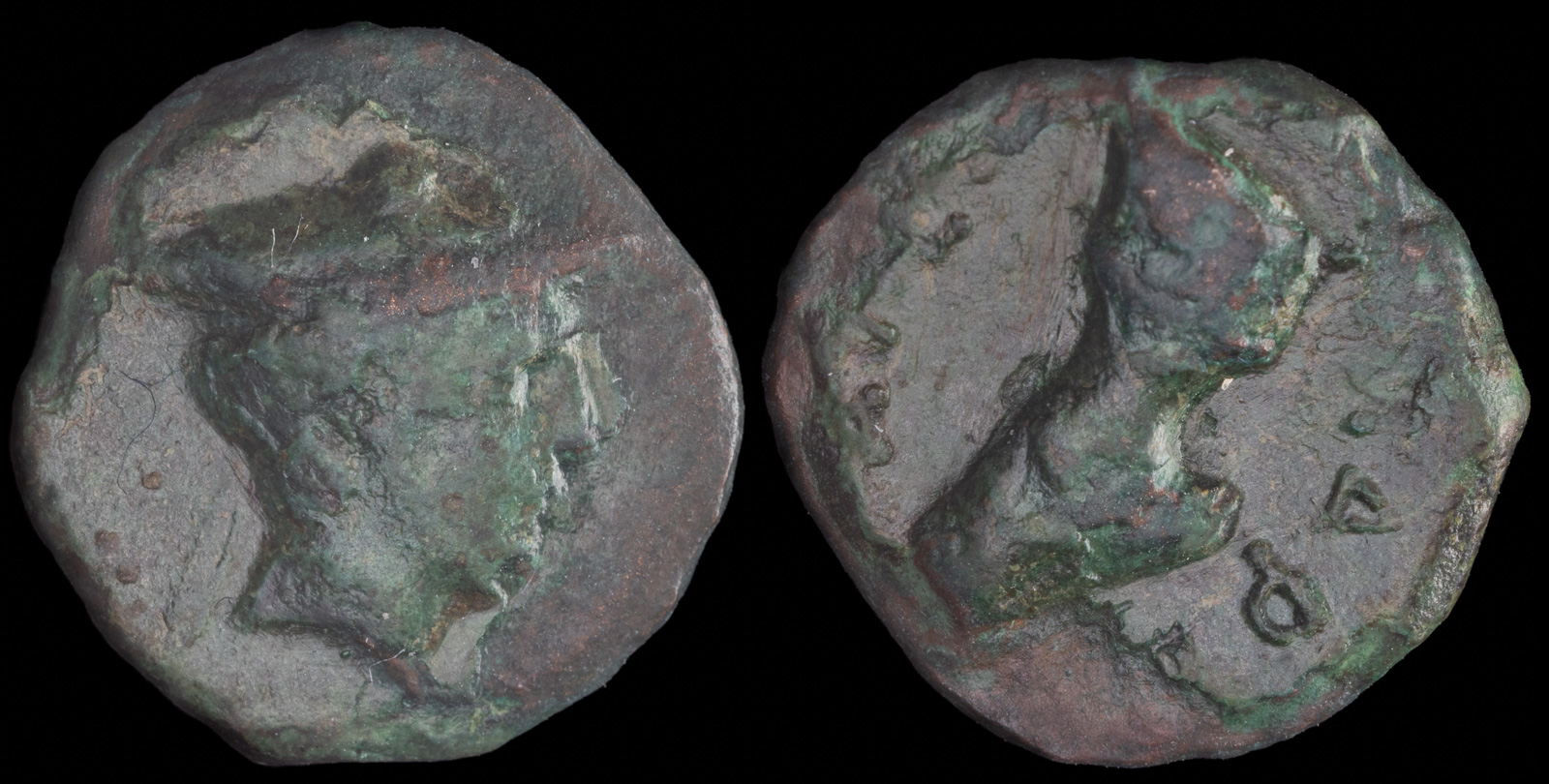Hoof
View All Tags
The hoof appeared on coins as part of representations of divine figures, particularly those associated with the horse and chariot races, such as the gods Poseidon, the god of horses, or Apollo, who was sometimes depicted with a chariot drawn by horses. The hoof in these contexts emphasized the divine power behind the events, suggesting that the gods themselves were present or pleased with the victory or the occasion. In these images, the hoof also symbolized the harmony between the human and divine worlds, where human victory was often seen as a reflection of divine favor.
Additionally, the hoof on ancient Greek coins could carry a symbolic connection to wealth and prosperity. Since horses were valuable assets, particularly in the context of elite warfare and aristocratic life, a depiction of a hoof or horse on a coin could signify not only military or athletic strength but also social status and prestige. For Greek city-states, these symbols of power on coins were a way to communicate their wealth, their military capabilities, and their victorious heritage.

Thessaly, Pherai
Alexander, Tyrant (369-359 BCE)
Ae 13.50mm 2.12g
Obverse: Head of Jason right, wearing petasos
Reverse: ΑΛΕΞΑΝΔΡΟΥ, fetlock and hoof of horse right
Rogers 522; BCD Thessaly II 707.2